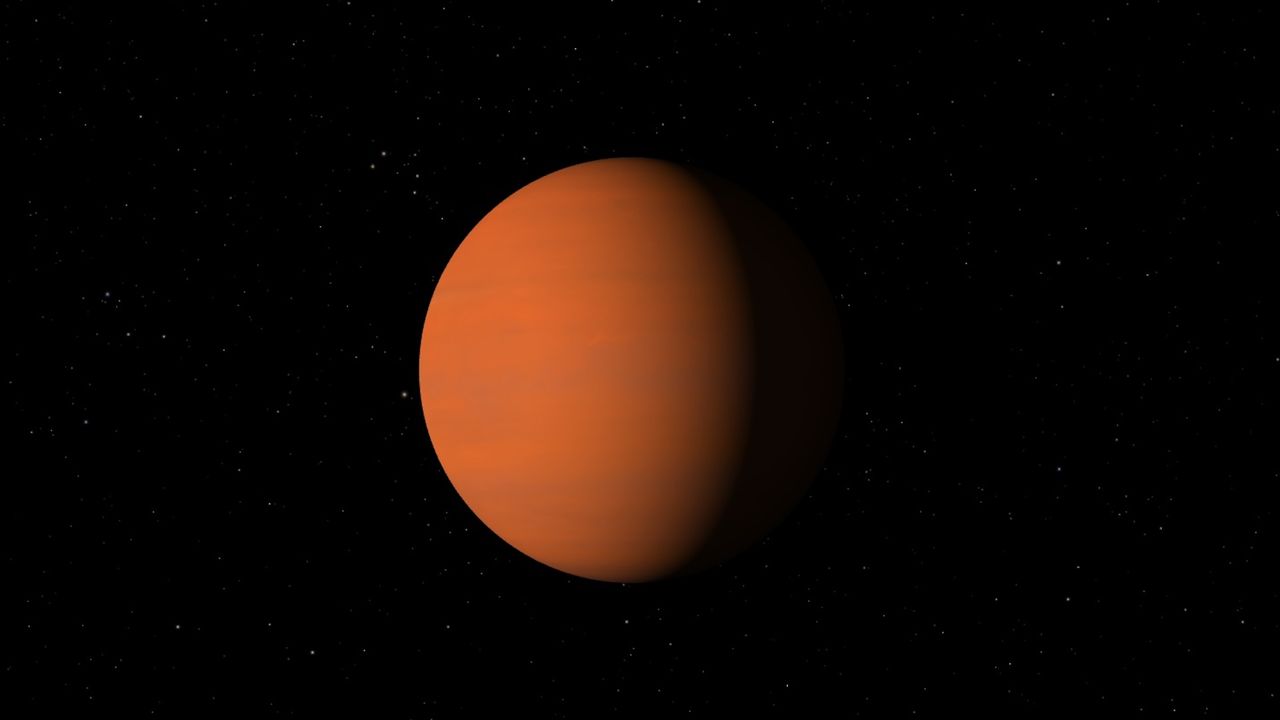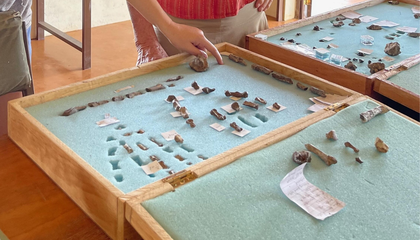In a significant breakthrough, a team of paleontologists led by Dr. Paul Sereno has revealed that what was long believed to be the preserved skin of a dinosaur is actually a remarkable clay mask. The findings focus on specimens of the large duck-billed dinosaur, Edmontosaurus annectens, discovered in the Lance Formation of eastern Wyoming. This region has become known for its exceptional fossil record, showcasing a variety of well-preserved dinosaur remains.
The research, published in the journal Science, delves into the history of these fossils, tracing their discovery back to the early 1900s when fossil hunter Charles Sternberg unearthed two remarkably intact specimens. The skeletons exhibited large areas that appeared to contain skin and fleshy features, prompting interest from paleontologists like H.F. Osborn, who studied the specimens at the American Museum of Natural History.
Dr. Sereno, a professor of organismal biology and anatomy at the University of Chicago, noted that the original discovery was hailed as “the greatest dinosaur mummy” at the time. Since then, advancements in research methods have clarified the true nature of these findings. In their latest study, Sereno’s team employed cutting-edge techniques such as CT scanning, 3D imaging, electron microscopy, and X-ray spectroscopy to analyze two additional Edmontosaurus specimens from 2000 and 2001.
The analysis led to a startling conclusion: instead of remnants of soft tissue, the researchers identified a thin layer of clay, measuring less than one-hundredth of an inch thick, that had formed over the dinosaur’s skin. “It’s so real-looking, it’s unbelievable,” Sereno remarked, suggesting that the term “rendering” would be more appropriate than “impression” to describe this phenomenon.
Understanding the Preservation Process
The study outlines the environmental conditions during the Late Cretaceous Period, a time characterized by alternating drought and monsoon rains. The initial mummy discovered by Sternberg likely died during a drought, after which the carcass was rapidly buried by a flash flood. This burial process facilitated the preservation of the dinosaur’s morphology, as bacteria covering the decaying body attracted clay particles from the surrounding sediment.
According to Dr. Anthony Martin, a professor at Emory University, clay minerals have a unique ability to bond with biological surfaces, enabling the creation of detailed molds that replicate features such as skin and scales. This understanding is crucial for paleontologists seeking to identify and analyze similar fossils in the future.
Dr. Stephanie Drumheller-Horton, a vertebrate paleontologist at the University of Tennessee, emphasized the importance of comprehending the fossilization process. She noted that while dinosaur mummies have been recognized for over a century, there has been a greater focus on their physical characteristics rather than the conditions that led to their preservation. “If we can understand how and why these fossils form, we can better target where to look to potentially find more of them,” she stated.
A New Look at Edmontosaurus
The recent discoveries have allowed Dr. Sereno and his team to produce an updated reconstruction of what Edmontosaurus likely looked like. Analysis indicates that this dinosaur could reach lengths exceeding 12 meters (approximately 40 feet). The findings reveal a fleshy crest along its neck and back, along with a series of spikes along the tail.
Notably, the clay mask also highlighted that this dinosaur had hooves, a feature previously associated only with mammals. This discovery positions Edmontosaurus as the oldest known land animal with hooves and the first documented instance of a hooved reptile. “Sorry, mammals, you didn’t invent it,” Dr. Sereno quipped, referencing previous assumptions about hooves being exclusive to mammals.
The implications of this study extend beyond paleontology to offer insights into the evolutionary history of reptiles. By bridging the gap between ancient and modern species, researchers can enhance their understanding of how these creatures adapted to their environments.
The significance of these findings not only enriches our understanding of dinosaur biology but also sets the stage for future discoveries in the field. As scientists continue to explore the depths of the Lance Formation, the potential for uncovering more fossilized mummies remains promising.







